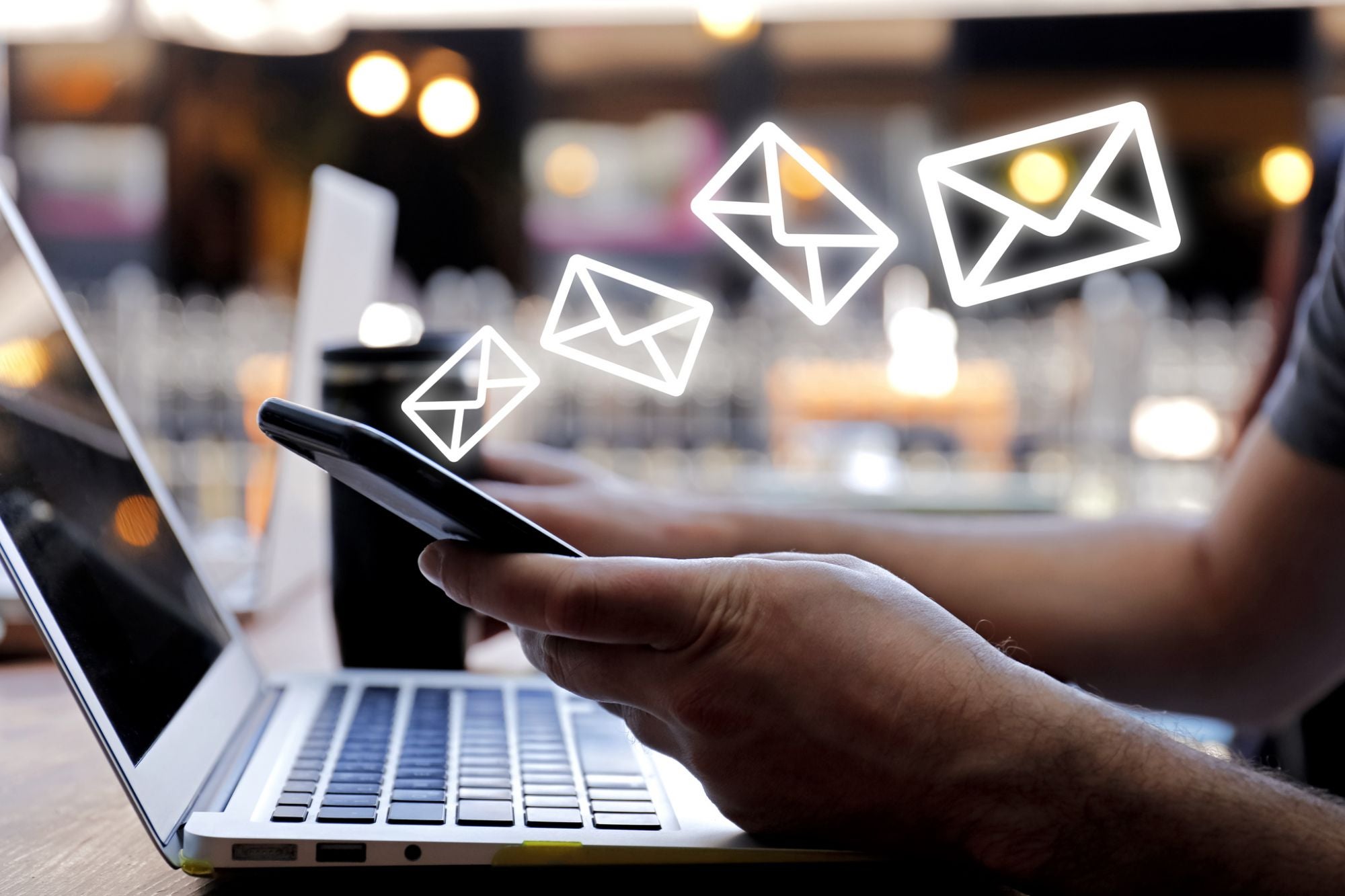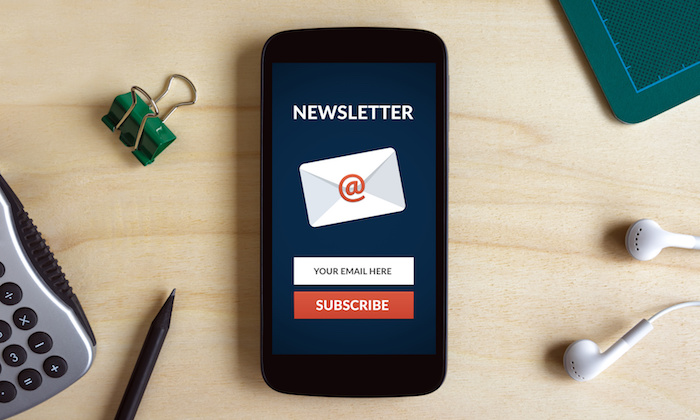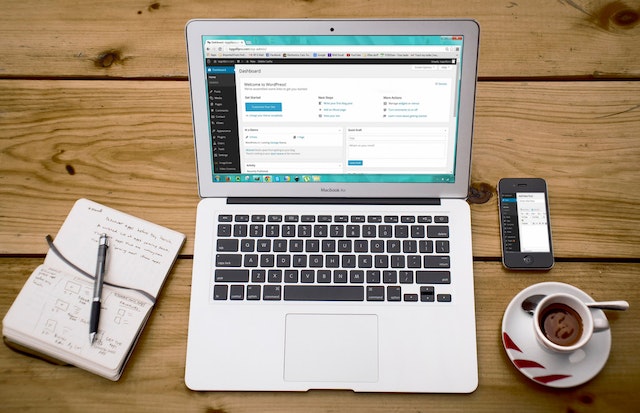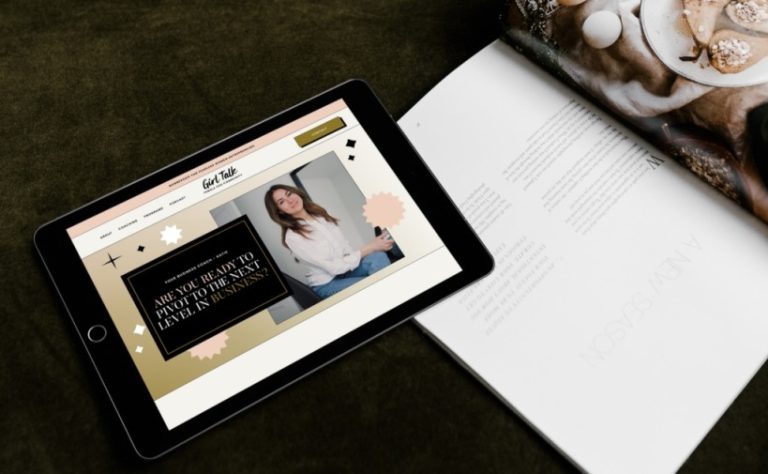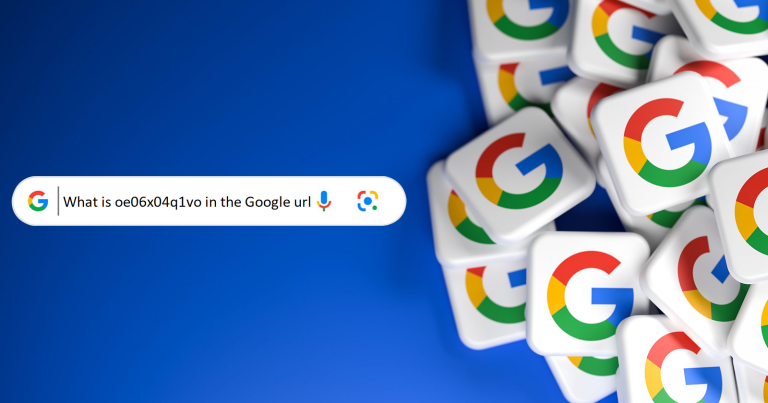Mastering the Art of Email Campaign Design: Top Tips and Best Practices
Email campaigns can be a powerful tool for any brand looking to grow their reach. From driving conversions to increasing engagement, email campaigns offer a wide range of potential benefits that can help companies get the most out of their content. Make a strategy that the receiver will open your email and read it.
However, creating an effective and successful email campaign is not as simple as sending out a few messages. To maximize the impact of your email campaigns it’s important to understand key concepts such as segmentation and A/B testing, and also what makes a good subject line or call-to-action (CTA).
In this article, we’ll take an in-depth look at the art of email campaign design and explore some of the best practices for crafting effective emails that drive results. Let’s dive in!
Identify Your Audience
The first step in any successful email campaign is to identify who you are targeting with your message. It’s important to have an understanding of who your recipients are and what they value so that you can craft messages that speak directly to their interests. Understanding your audience also helps you create personalized content that resonates with them on a deeper level, improving deliverability and boosting open rates.
For example, if you know that many of your customers are interested in sustainability initiatives, then you should make sure to incorporate sustainable messaging into your emails whenever possible. On the other hand, if most of your customers prioritize convenience over sustainability then focus more on how easy it would be for them to purchase from you instead.
Structure & Design Matters
Once you have identified who your target audience is, it’s time to start thinking about how you want to structure and design your emails. The structure and design of an email can play a major role in whether or not someone will actually open it, making it essential for any successful campaign. Start by crafting engaging subject lines that grab the attention of your target readers but don’t go overboard – long subject lines often get cut off which decreases open rates. Then move on to designing the body of the email itself – use white space effectively so readers don’t feel overwhelmed by large blocks of text; add visuals when relevant; include clear CTAs; and make sure everything looks professional on both desktop and mobile devices.
A/B Testing & Segmentation
A/B testing and segmentation are both essential elements for maximizing the impact of any email campaign and should never be overlooked when designing an email strategy. A/B testing different versions of the same campaign allows brands to tweak messaging until they find something that resonates with their target audience while segmenting customers into different groups ensures everyone receives content tailored specifically towards their interests or needs. For example, if you know some customers prefer visual content while others respond better to written messages then create separate campaigns for each group rather than sending out a generic email blast.

Measuring Success & Optimization
Finally, having access to accurate reporting metrics is essential for identifying what works best for each individual customer base over time so brands can adjust accordingly based on performance data gathered from past campaigns. Measurement tools like Google Analytics allow brands to track how many people opened an email, clicked through certain links or purchased items after receiving an emailetc., enabling them full visibility into where improvements may be necessary or what has been working well overall without having to guess blindly at potential optimizations with every single sendout they do.
Branding & Personalization
In addition to segmentation and A/B testing, brands should also focus on personalizing their email content in order to make it feel more organic and less robotic. This can be done by including the recipient’s name in the subject line and body of the email or using custom fields such as their birth month for relevant promotions. It’s also important to keep branding consistent throughout all emails with a distinct voice, visuals, and messaging that showcase your company values in order to build trust with potential customers and establish a strong brand identity amongst existing ones.
Writing Quality Content
No matter how well designed an email may be, if the actual content is not engaging then all the hard work put into making it look great won’t matter much in terms of overall results. Therefore, once you have setup your campaigns it’s essential to create quality content that is clear, concise and to-the-point. Your emails should also always include a strong call-to-action (CTA) at the end that leads recipients towards what you want them to do next – whether clicking through to a landing page or purchasing an item directly from within the email itself.
Automating & Scheduling
Finally, automating part of your campaigns helps save time so marketers can spend more time focusing on crafting quality content instead of having to manually send out emails every day or week. Setting up automated campaigns allows for easy scheduling so messages are sent out continuously without manual intervention while allowing businesses to focus on strategies for building relationships with customers over time rather than one-off transactional emails each time someone signs up or purchases something from them.. Automated campaigns can be set up via tools like Mailchimp or Constant Contact which allow users to easily create and schedule campaigns without needing any technical knowhow..
Over to you
Creating successful email campaigns requires a combination of the right audience knowledge, effective messaging, and well-structured design. Good luck!

